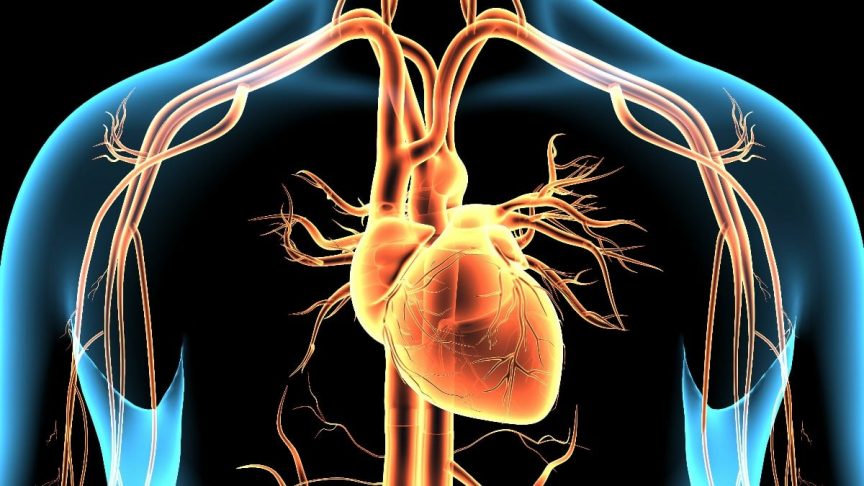Incidence of all 10 prespecified CVDs decreased, but diagnoses of cardiac arrhythmias, valve disease, and thromboembolic diseases increased
By Elana Gotkine HealthDay Reporter
THURSDAY, June 27, 2024 (HealthDay News) — The overall burden of cardiovascular disease (CVD) remained high during 2000 to 2019 in the United Kingdom, according to a study published online June 26 in The BMJ.
Nathalie Conrad, Ph.D., from the University of Glasgow in the United Kingdom, and colleagues conducted a population-based study in the United Kingdom to examine the incidence of CVD overall and by age, sex, and socioeconomic status during 2000 to 2019. Data were included for 1,650,052 individuals registered with a general practice (mean age, 70.5 years; 47.6 percent women).
The researchers found that during 2000 to 2019, the age- and sex-standardized incidence of all 10 prespecified CVDs decreased by 19 percent (incidence rate ratio, 0.80 for 2017 to 2019 versus 2000 to 2002). Decreases of about 30 percent were seen for the incidence of coronary heart disease and stroke (incidence rate ratios, 0.70, 0.67, and 0.75 for acute coronary syndrome, chronic ischemic heart disease, and stroke, respectively). In parallel, diagnoses of cardiac arrhythmias, valve disease, and thromboembolic diseases increased. As a result, across the 10 conditions, the overall incidence of CVD remained relatively stable from the mid-2000s. The decline in incidence of coronary heart disease was mainly restricted to age groups older than 60 years; in younger age groups, there was little to no improvement. For almost all CVDs investigated, a socioeconomic gradient was observed.
“Our findings show that it is time to expand efforts to improve the prevention of CVDs,” the authors write.
Several authors disclosed ties to the biopharmaceutical industry.
Copyright © 2024 HealthDay. All rights reserved.

